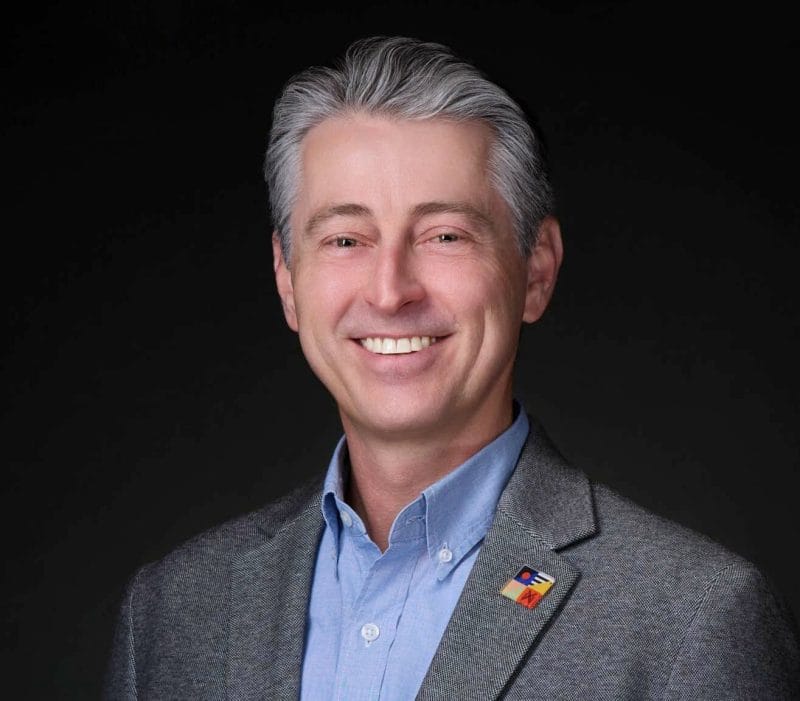Over the past year, COVID-19 testing sites proliferated across Arizona, including this one at ASU’s Tempe campus. /Photo by Sofia Fuentes/Cronkite News
By Samantha Molina | Cronkite News
From the importance of personal protective equipment to dealing with the harsh isolation of quarantined patients, the medical community learned countless lessons during the first year of COVID-19, a pandemic unprecedented in modern times.
“Limiting it to one (lesson), it is how profound it is that social inequity kills people,” said Dr. Andrew Badley, infectious diseases specialist and head of the COVID-19 Research Task Force at Mayo Clinic in Rochester, Minnesota.
On Thursday, Badley was joined virtually by a panel of Mayo specialists, to reflect on the first year of the COVID-19 pandemic and the medical community and their hospitals’ response, sharing lessons they learned along the way.
Related: Arizona’s three public universities team up to detect COVID-19 mutations
Badley said disadvantaged populations are at risk because they work jobs deemed essential, which increases their potential for exposure to the coronavirus that causes COVID-19, and have less access to health care resources.
In Arizona, Mayo Clinic hospital medical director Dr. Alyssa Chapital said people who need care for ailments and conditions other than COVID-19 are not seeking treatment.
“Patients requiring hospitalization and, to some extent ICU, are dropping down,” the Phoenix-based physician said. “What we are seeing right now is delayed care that we have to address. We have a backlog of surgical procedures, and we are going to have to meet the need of that in hospitals, as well as the acute-care needs that will come along.”
The Arizona Department of Health Services reports more than 13,000 Arizonians have died since the first case was reported in the state in January 2020.
“I am hopeful for the future because we have learned lessons this past year,” Chapital said. “We learned how to care for patients safely with infectious diseases along with the other folks who need to come and get other care.“
Another challenge during the pandemic has been dealing with isolation and patients not being able to see family members, especially when a loved one is admitted to the hospital because of COVID-19.
To tackle this, hospitals used telehealth services and video calling to support patients and their families during their stays.
“The number of patients who passed away without their families there, I can assure you that they did not pass away alone,” said Pam White, chief nursing officer of Mayo Clinic Health System in Wisconsin.
Badley, commenting on the current state of the pandemic in the U.S., recounted his experiences during the HIV/AIDS epidemic.
“I grew up in an age of HIV, and to identify the virus and understand it’s molecular biology, test agents and test drugs, took decades,” he said. “The same process has occurred in less than a year for COVID.”
Fast, effective care always is the aim of medicine, but doctors said the response to COVID-19 has been unlike any other.
“What the staff did to maintain the resiliency and willingness to be flexible and learn is just something I’ve never seen before,” White said.
Badley added, “People who are into health care do so because they want to help people, and we saw this remarkably through COVID.”









